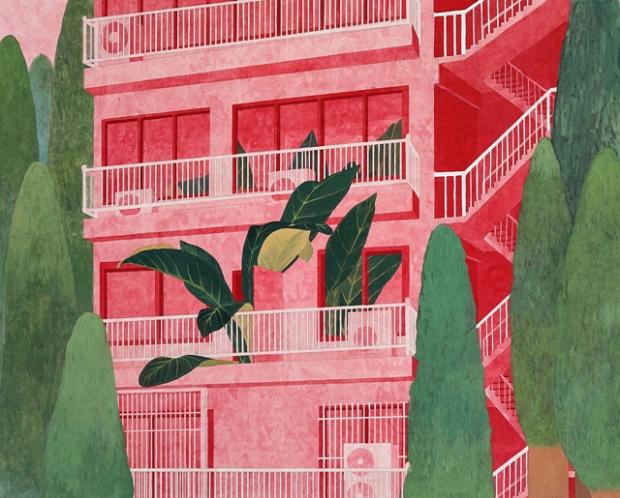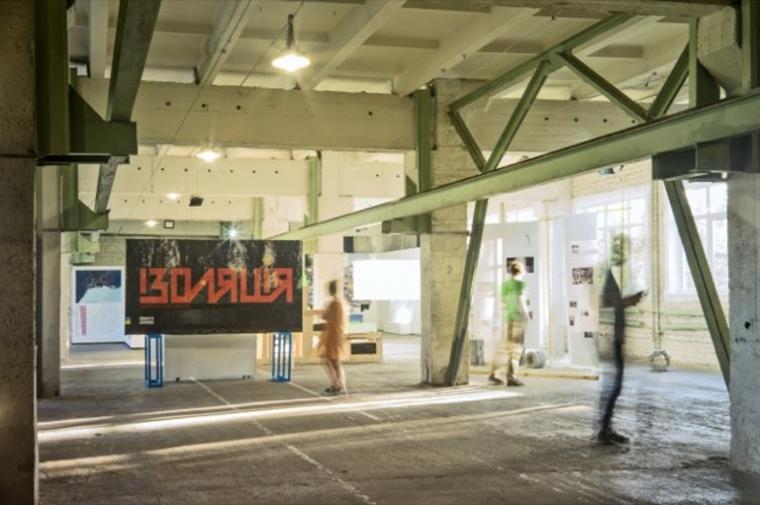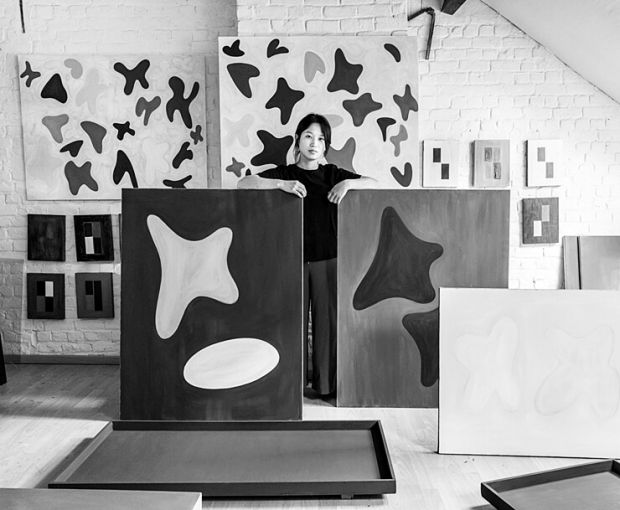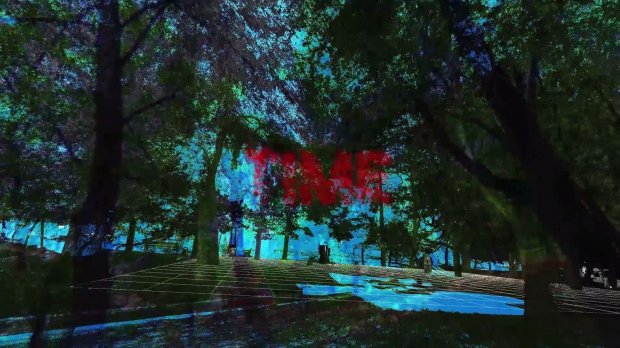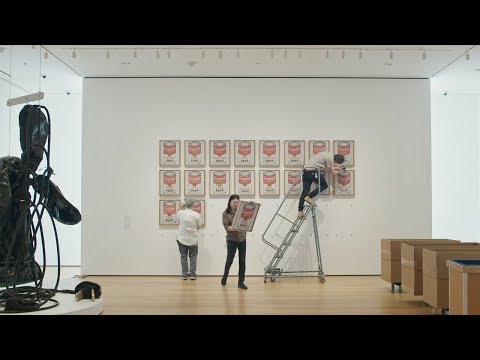[MMCA Press Release] The Arrival of New Woman
From:MMCA
IMAGE: Na Hyeseok, Self-Portrait, c.1928, oil on canvas, 88x75cm, Suwon Ipark Museum of Art Collection
The Arrival of New Women
21 December 2017 – 1 April 2018
MMCA Deoksugung
The National Museum of Modern and Contemporary Art (MMCA, Director Bartomeu Mari) is staging the exhibition The Arrival of New Women from December 21 through April 1, 2018, throughout its Deoksugung branch.
The Arrival of New Women highlights the modernity of Korean history, culture, and art, narratives that had been dominated by men, from the perspective of women by examining representative images of “new women” in the modern visual culture of Korea from Enlightenment through the Japanese occupation. This exhibition will be a three-dimensional show featuring various visual and auditory media including works of painting, sculpture, embroidery, photography, printed art (cover paintings, illustrations, and posters), films, popular songs, documents, magazines, and ttakjibon novels. It offers a diverse approach and interpretation of the new women as a new agent or phenomenon seeking to practice modern values. In addition to artwork and archival materials from the time, the exhibition presents a diachronic experience by also including new reinterpretations of the new woman by contemporary artists.
The term “new woman” originated in Europe and the United States in the late nineteenth century. By the early twentieth century, it was in use in Japan and other countries. Although definitions of the concept varied from one country to the next, they could be said to share a new, transformed image of the woman for the modern era as someone resisting the constraints of the social, political, and institutional inequalities imposed on women and pursuing freedom and liberation. Women with a modern education and cultivation first appeared in Joseon Dynasty of Korea in the 1890s, while the term “new women” appeared in major media and magazines during the 1910s and came into frequent use between the mid-1920s and late 1930s.
At that time, Joseon’s women found themselves in a dilemma, facing repression and contradiction—imperialism and colonialism, the persisting patriarchal system, a clash of Western culture and Eastern cultures. As colonial subjects and as women, the new women of Joseon were positioned as doubly “other,” unable to function as major driving forces in modernization. For this reason, the new woman in Joseon Korea also became an icon for the schismatic implications of modernity.
The exhibition consists of three sections: “New Women on Parade,” “I Am Painting and Painting Becomes I: Women Artists in Modern Times,” and “The Women Are Man’s Destiny: Five New Women of Korea” The first section, “New Women on Parade,” uses
images of the new woman from mass media, popular songs, and film—chiefly by male artists—to explore the concept’s development over time. The images relate to a number of different keywords surrounding the new woman: education and enlightenment, the “wise mother, good wife” ideal and the gisaeng, romance and marriage, sexuality and love, urbanization and Westernization, and consumer culture and popular culture. Together, they show all of the tensions and conflicts surrounding the modern “new women” as they appeared through the cracks in the ideological, moral, social, and political contest of modernity and premodernity under the colonial regime.
The second section consists of works by female artists, showing all of the ability and potential possessed by women as creative agents. Works by female artists from the time are rather rare, which limits what can be shown in an exhibition, but the section includes work by Jung Chanyoung and Lee Hyunok, who were taught by male artists in Korea; the gisaeng artists Kim Neunghae and Won Geumhong; Tokyo Women’s School of Fine Arts students Na Hyeseok, Baek Namsun, Lee Gaphyang, Na Sangyun, Park Rehyun, and Chun Kyungja; and embroidery exchange students Jeon Myeongja and Park Eulbok. The work offers a glimpse at art education and professional issues faced by modern women and the activities of the earliest group of Korean female artists pursuing self-awareness and identity as creators.
The third section spotlights five “new women” who played pioneering roles in male-dominated fields such as art, literature, the socialist movement, and popular culture: painter Na Hyeseok (1896–1948), literary writer Kim Myeongsoon (1896–1951), women’s activist Ju Sejuk (1901–1953), and dancer Choi Seunghui (1911–1969). Subjects of censure more than admiration in their day, these new women’s iconoclasm and challenges to prevailing social values offered an opportunity to re-examine modernity from a gender perspective. Additionally, the section enables a new interpretation of philosophy and practice that new women pursued at the time from a contemporary standpoint, through new works by contemporary female artists—Kim Soyoung, Kim Sejin, Kwon Hyewon, and Kim Dohee and Cho Youngjoo—which pay homage to the five new women.
Director Bartomeu Mari said, “Among the most challenging and controversial figures in modern and contemporary Korea, the new women of the modern and colonial era offer an opportunity to question our established understanding of modernism and restore a half-formed sense of modernity to wholeness.”
Organized by Jang Yujeong, the performance New Women Sing will be taking place on the exhibition’s opening date at 4 p.m. on Wednesday, December 20, 2017. “MMCA Talks” during the exhibition period provide opportunities for exploring new women from the perspectives of sociology and the history of art, cinema, and popular music. A narrated screening of a modern recreation of the oldest existing Korean film, the silent Crossroads of Youth (1934, directed by Ahn Jonghwa), has been planned by the director Kim Taeyong and will be held in the Multi-project Hall of MMCA’ Seoul branch at 7 p.m. on Saturday, January 1, 2018.
Please visit the MMCA homepage (http://www.mmca.go.kr) for more details.
Detailed information is available on the MMCA website (http://www.mmca.go.kr).
※ For general enquiries, please call +82-2-2022-0600 (Deoksugun Branch, MMCA)
※ For more information on the exhibition, please contact Exhibition Department 3 of MMCA at +82-2-2022-0613
All images/words © the artist(s) and organization(s)
☆Donation: https://www.paypal.com/paypalme2/artlecture



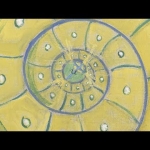

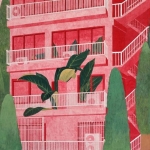
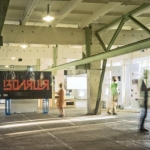
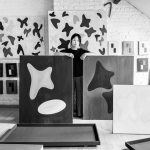
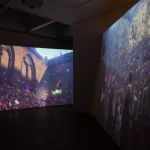
![[MMCA Press Release] The Arrival of New Woman [MMCA Press Release] The Arrival of New Woman](/data/uploads/2018/1/20180102/b87ea9f23dbd3380b0680f4bf947185b.jpg)
![[MMCA Press Release] The Arrival of New Woman [MMCA Press Release] The Arrival of New Woman](/data/uploads/2018/1/20180102/4d9189949d39535f4cfe88bd65042287_thumb_770.jpg)
![[MMCA Press Release] The Arrival of New Woman [MMCA Press Release] The Arrival of New Woman](/data/uploads/2018/1/20180102/8fc9495fb33049e9b3f43944ec814876.jpg)
![[MMCA Press Release] The Arrival of New Woman [MMCA Press Release] The Arrival of New Woman](/data/uploads/2018/1/20180102/d2842f55a00b212c15737c0ac564748a_thumb_770.jpg)
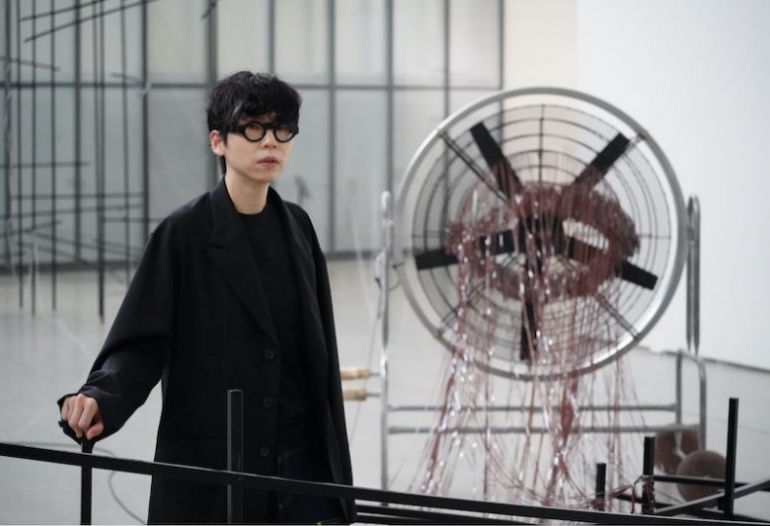
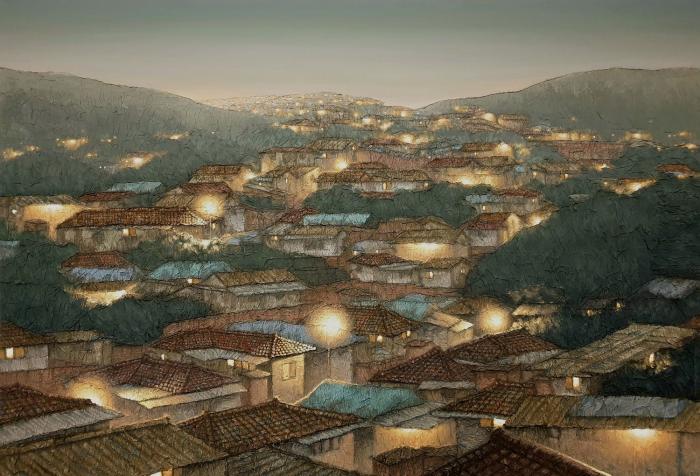
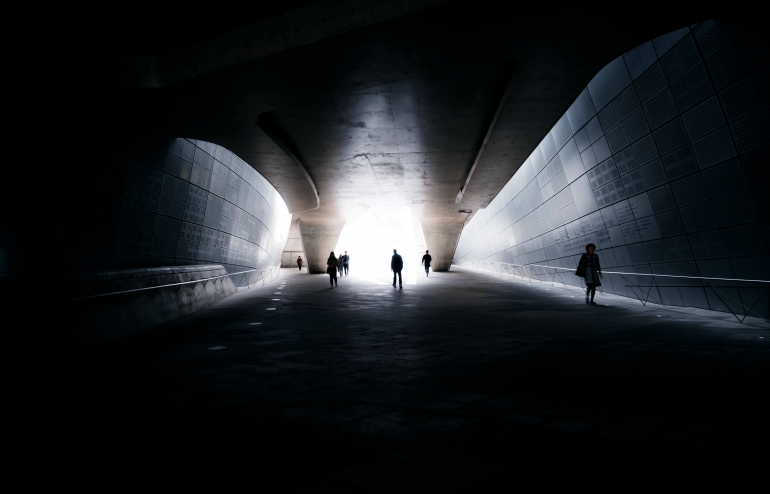

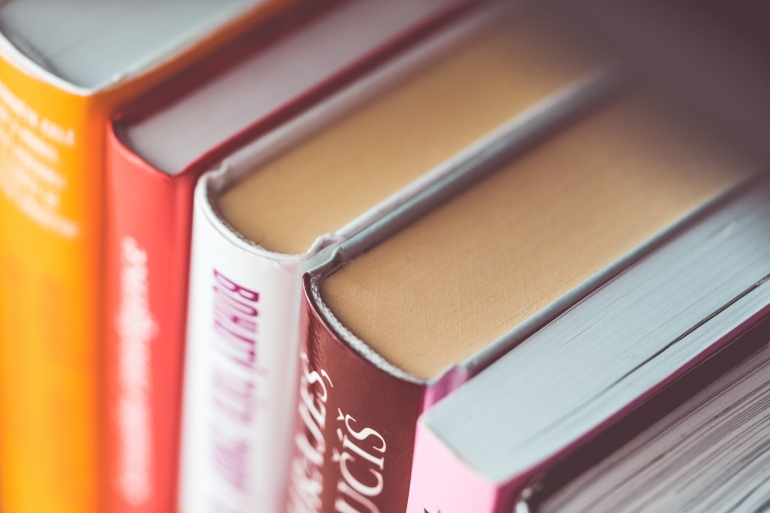



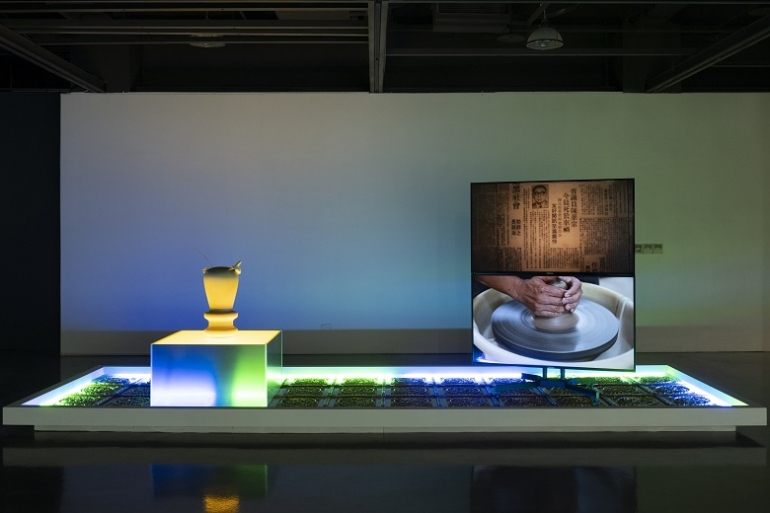
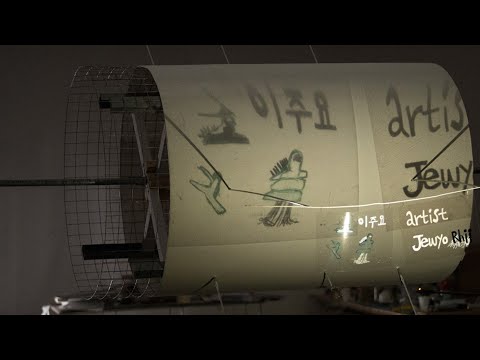

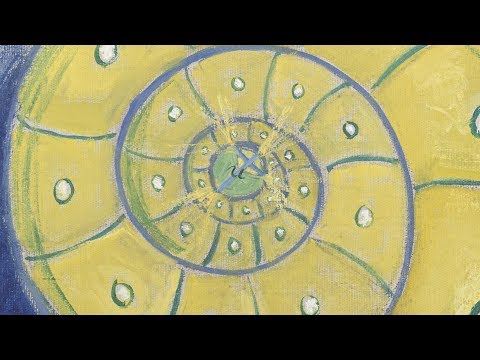
![Chinese Modern Photography _ [Professional Amateur and Emerging Modernity : Luo Bonian and His Contemporaries 1930-1940s]](/data/uploads/2021/7/20210706/aa7097455419d1244a023b22b500ae41_thumb_770.jpg)
